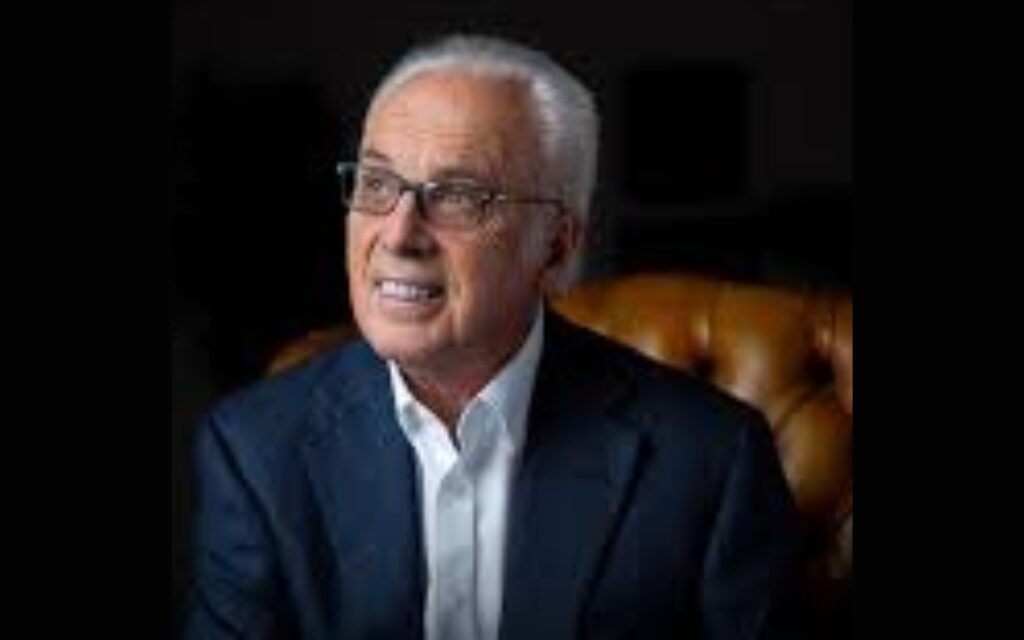Elisabeth Elliot is one of the most influential women of the last two centuries. She is best known as the wife of Jim Elliot, a missionary who died at the hands of a savage tribe. But she has also made a lasting impression through her writing, teaching, courage, and strong faith.
So who is the woman behind the stories? What was her life like? What were her beliefs, doubts, flaws, and strengths? Lucy S. R. Austen answers these questions and much more in Elisabeth Elliot: A Life.
In this biography, Austen provides an in-depth look at Elisabeth Elliot’s life. The book covers Elliot’s life story, from childhood to public ministry, encompassing her education, missionary work, marriages, and her relationship with Jim Elliot.
Austen divided the book into three parts, each covering a major act of Elliot’s life. Part 1, which covers the years 1926-1952, explores Elliot’s early life, education, and preparation for missionary life. Part two covers the years 1952-1963. In this section, Austen chronicles Elliot’s time in Ecuador. This includes her life as a missionary, her marriage to Jim, Jim’s death, and Elliot’s time with the tribe that killed him.
Part three covers the years 1963-2015. In this last part, Austen writes about Elliot’s life after Ecuador, her teaching/writing ministry, her marriages, and, of course, her death.
I first heard of this book six months before its release date and I have been eagerly waiting to read it. Elisabeth Elliot is one of my favourite contemporary figures and I have been excited to learn more about her life. Particularly her life after she left Ecuador. I had high hopes for this book because of its publisher and it met and exceeded my expectations!
When I read a biography of someone I deeply admire, I often wonder if I loved the book because it is good or because I love the subject. With this biography, I know with certainty that I don’t love it solely because it is about one of my heroes. It is a fantastic, fun and well-written book! Austen sheds light on this towering figure and helps us see just the woman. Here are some of my favourite things about this biography.
First, it is thorough and well-researched. Austen spent over a decade studying Elliot’s life for this book and it shows. The book impressed me with its level of scholarship and attention to detail.
Second, the book doesn’t sanitize Elliot’s life. Austen does not shy away from pointing out Elliot’s flaws, fears, doubts and discrepancies. We sometimes idealize our heroes and forget they are sinners. It is helpful when biographers show us the not-so-glorious facts about our heroes. This doesn’t mean that the book is a smear campaign on Elisabeth Elliot. There is much to admire about her and the book also highlights it.
Third, even though I read Becoming Elisabeth Elliot, which covers Elliot’s life until she left Ecuador, I still learned additional facts. For example, Elliot destroyed some letters from her first year as a missionary and there are some differences in her report from that time. She and Jim may have had more physical contact than what Elliot mentioned in Passion and Purity, but it was not sinful.
And fourth, Austen discusses Elliot’s theology. She explores how her environment, the Christian movements of her day, and the books Elliot read shaped her thoughts about God and the Christian life. I enjoyed discovering how Elliot’s thoughts developed as she matured in her faith.
I think I learned more about Elisabeth Elliot’s theology from this biography than from her books. This is likely because of Elliot’s style of writing; a collection of essays rather than fully fleshed arguments. Among the things I learn, there were a few things that surprised and even bothered me.
For example, I found Elliot’s teachings on a wife’s submission a tad extreme. She believed and taught that since God created a woman for man; it means a wife must always be the one to adjust and sacrifice, never the man. She also believed a woman should never correct her husband, not even in private, not even if his leading was leading the family to ruin. For Elliot, the husband, as the head, was always in the right, and it was not a wife’s place to question or challenge him, but simply to obey.
I was also slightly uncomfortable with Elliot’s method of discerning God’s voice. She did not seek small voices or signs to hear God’s voice, but she often took Bible verses out of context and use them as God’s message to her. For instance, if she was praying for guidance on whether to make a certain move, she might read in her daily reading God’s call for Abraham to leave for the promised land and interpret it as God’s leading her to make the move. I am not entirely sure this is the right way to handle Scripture. I commend and highly respect her desire to obey God, regardless of the cost. But I question some methods she used to determine God’s leading.
Learning these things and a few others made me realize I sanctified Elisabeth Elliot a bit too much. And it was good for me to see a nuanced look at her life.
I wish the biography explored Elliot’s relationship with her daughter Valerie. Elliot’s challenging relationship with her mother made me curious about how she approached motherhood. Unfortunately, the biography barely covers that. I suppose it is out of respect for Valerie, who is still alive.
Overall, Elisabeth Elliot: A Life is a riveting and faithful portrayal of an inspiring complex woman. I highly recommend reading this biography if you want a profound and honest look into Elisabeth Elliot’s life.
Elliot’s life, ministry, courageous faith, devotion to God and costly obedience have tremendously blessed and inspired me. She was not perfect by any means as this biography shows well, but still an incredibly inspiring woman of the faith. I thank God for His amazing work in Elliot’s life and Austen for allowing us a glimpse into His handiwork.
*Crossway graciously gave me a copy for an honest review*








